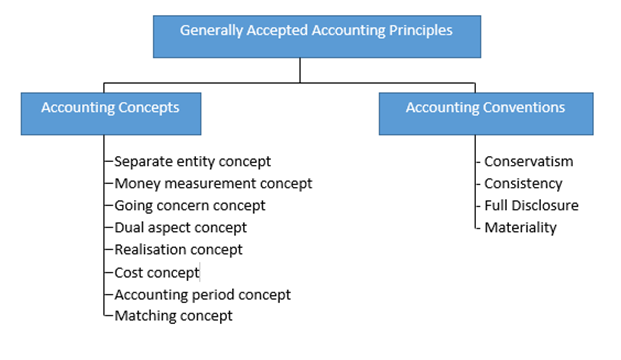Content
D) Managers can lower operating risk by increasing the selling price and reducing volume. Which of the following is true of cost-volume-profit analysis? A) The theory assumes that all costs are variable. B) The theory assumes that units manufactured equal units sold.
CVP analysis also manages product contribution margin. The contribution margin is the difference between total sales and total variable costs. For a business to be profitable, the contribution margin must exceed total fixed costs. The contribution margin may also be calculated per unit. The unit contribution margin is simply the remainder after the unit variable cost is subtracted from the unit sales price. The contribution margin ratio is determined by dividing the contribution margin by total sales. To illustrate, assume that Rydell Company is looking into buying a new machine that would increase monthly fixed costs from $24,000 to $30,000 but decrease variable costs from $70 per unit to $60 per unit.
Margin of Safety
Assume Kayaks-For-Fun found additional labor, thereby eliminating this resource constraint. However, the company now faces limited available machine hours. It has a total of 3,000 machine hours available each month. The River model requires 16 machine hours per unit, and the Sea model requires 10 machine hours per unit. Financial advisers often say, “the higher the risk, the higher the potential profit,” which can also be stated as “the higher the risk, the higher the potential loss.” The same applies to operating leverage. Understand how cost structure affects cost-volume-profit sensitivity analysis. Simply means that a company would like to know how many units of product must be sold to achieve a certain profit.
Tesla’s Future As A Super Conglomerate? (NASDAQ:TSLA) – Seeking Alpha
Tesla’s Future As A Super Conglomerate? (NASDAQ:TSLA).
Posted: Sat, 28 Jan 2023 00:49:01 GMT [source]
Moreover, since all of the fixed costs were met by the lower sales price, all of this $750 goes to profit. Again, this is assuming the higher sales price does not decrease the number of units sold.
Target Profit in Units
Break-Even Point and Target Profit Measured in Units . To illustrate, Rydell has monthly fixed costs of $24,000 and a 30% contribution margin ratio. Assume that it sets a target monthly after-tax income of $9,000 when the tax rate is 25%. This means the pretax income is targeted at $12,000 [$9,000/(1 − 0.25)] with a tax expense https://online-accounting.net/ of $3,000. Using the formula in Exhibit 22.21, we find that $120,000 of sales are needed to produce a $9,000 after-tax income as shown in Exhibit 22.22. Where is earnings before interest and tax, is sales revenue, is variable cost, is fixed cost, is unit price, is production and sales volume, and is unit variable cost.

The accountants at Snowboard Company would likely use a spreadsheet program, such as Excel, to develop a CVP model for the sensitivity analysis shown in Figure 3.5 “Sensitivity Analysis for Snowboard Company”. An example of how to use Excel to prepare the CVP model shown in Using Cost-Volume-Profit Models for Sensitivity Analysis Figure 3.5 “Sensitivity Analysis for Snowboard Company” is presented as follows. Notice that the basic data are entered at the top of the spreadsheet , and the rest of the information is driven by formulas. This allows for quick sensitivity analysis of different scenarios.
Cost-Volume-Profit Analysis for Multiple-Product and Service Companies
Because a brewpub does not sell “units” of a specific product, the owners found the break-even point in sales dollars. The owners knew the contribution margin ratio and all fixed costs from the financial model. With this information, they were able to calculate the break-even point and margin of safety.
- An analysis that shows how the CVP model will change with changes in any of its variables.
- Firstly, through a large number of literature reading and field case investigation, the collected data are sorted out by using statistical knowledge.
- CVP analysis also manages product contribution margin.
- After carrying out a Financial Sensitivity Analysis, John determines that a 10% increase in customer traffic at the mall results in a 7% increase in the number of sales.
- Decrease the sales price for each raft by 10 percent, which will cause an 8 percent increase in sales volume.
Customers are sensitive to pricing and even a small increase can drive customers to competitors. Before raising prices, a company must consider the “price elasticity” of demand for its product. This is fancy jargon to describe the simple reality that demand for a product will drop as its price rises. What this analysis does not reveal is how an individual will behave. The sales manager has more incentive to perform, and the added commission may be an excellent inducement.

Leave a Reply